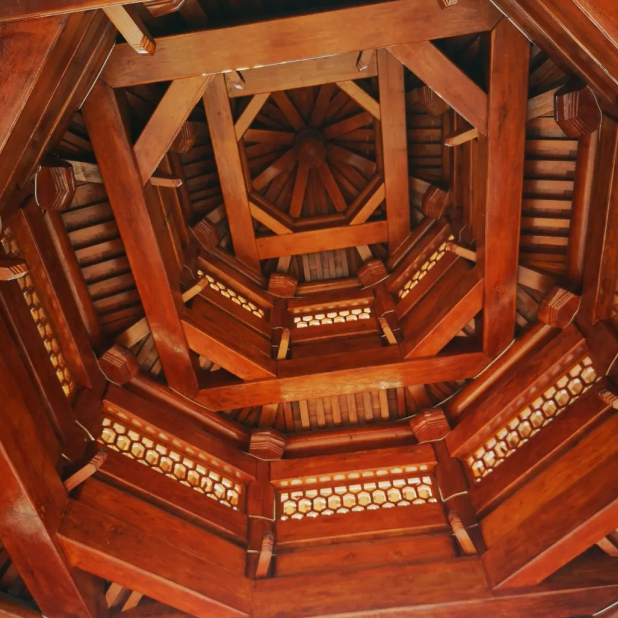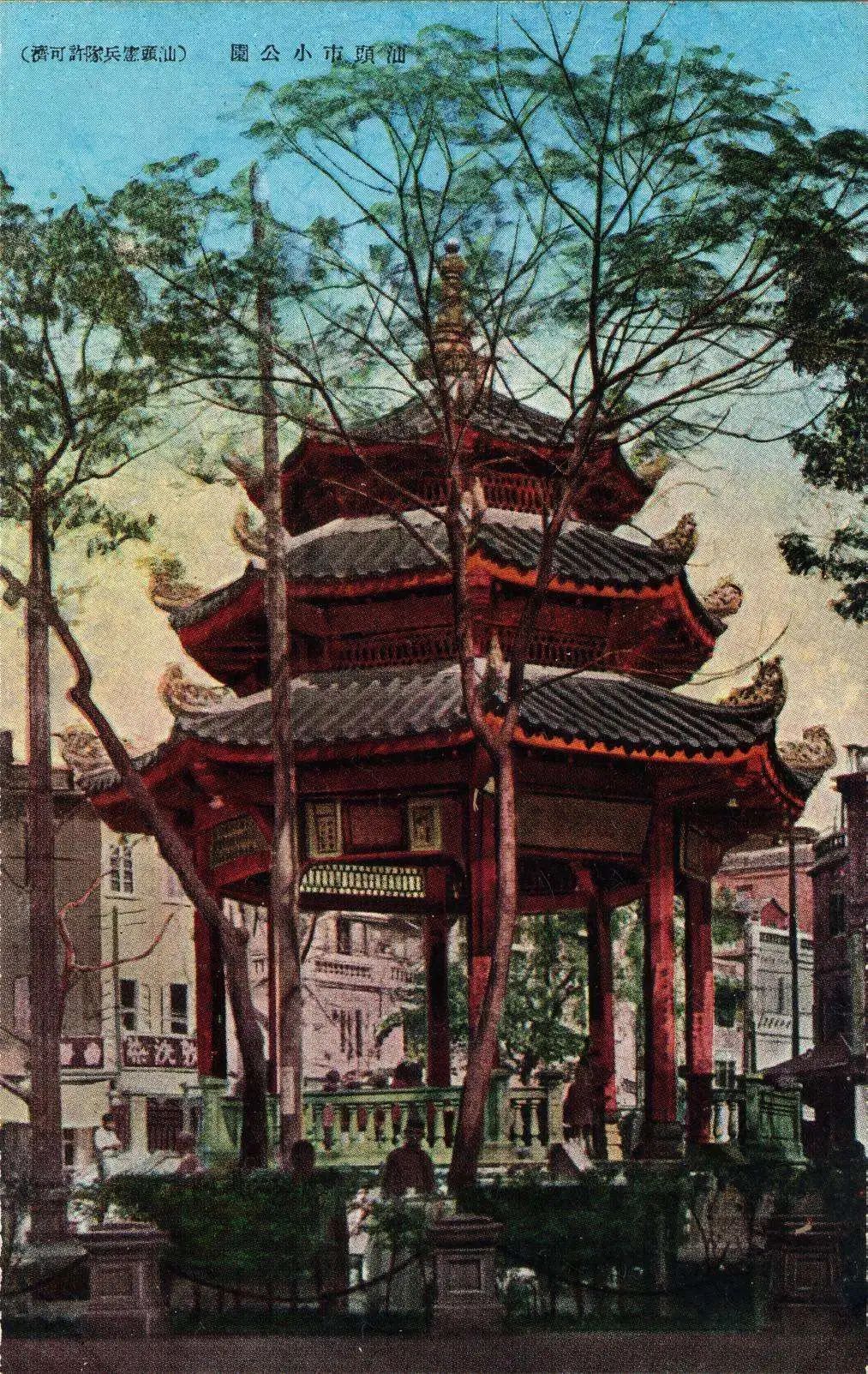Sun Yat-sen—also known as Sun Zhongshan (孙中山)—is arguably the most iconic political figure in modern Chinese history. For over a century, he has inspired generations of overseas Chinese around the world. Educated in the West and widely travelled, he was determined to "make China great again"—a vision that led him to found the Revive China Society at the age of 28. His revolutionary mission gained strong support among Chinese expatriate communities across Southeast Asia, the Americas, and beyond.
In 1934, during the Republican era of China after the fall of the Qing dynasty, an Indonesian Chinese entrepreneur spearheaded the construction of a pavilion in honour of Sun Yat-sen in Shantou (汕头). The structure was named the Zhongshan Memorial Pavilion (中山纪念亭), commemorating the revolutionary legacy of the man widely regarded as the “Father of Modern China.”
Ninety years later, the area where the pavilion stands is now known as Little Park (小公园, or Small Park). Once part of the old treaty port, it has become a tourist attraction, thanks to its preserved streetscape of qilou (骑楼)—an architectural style brought back by overseas Chinese from Southeast Asia in the early 1900s. These arcades evoke the atmosphere of Shantou before it became a modern city in today’s China.
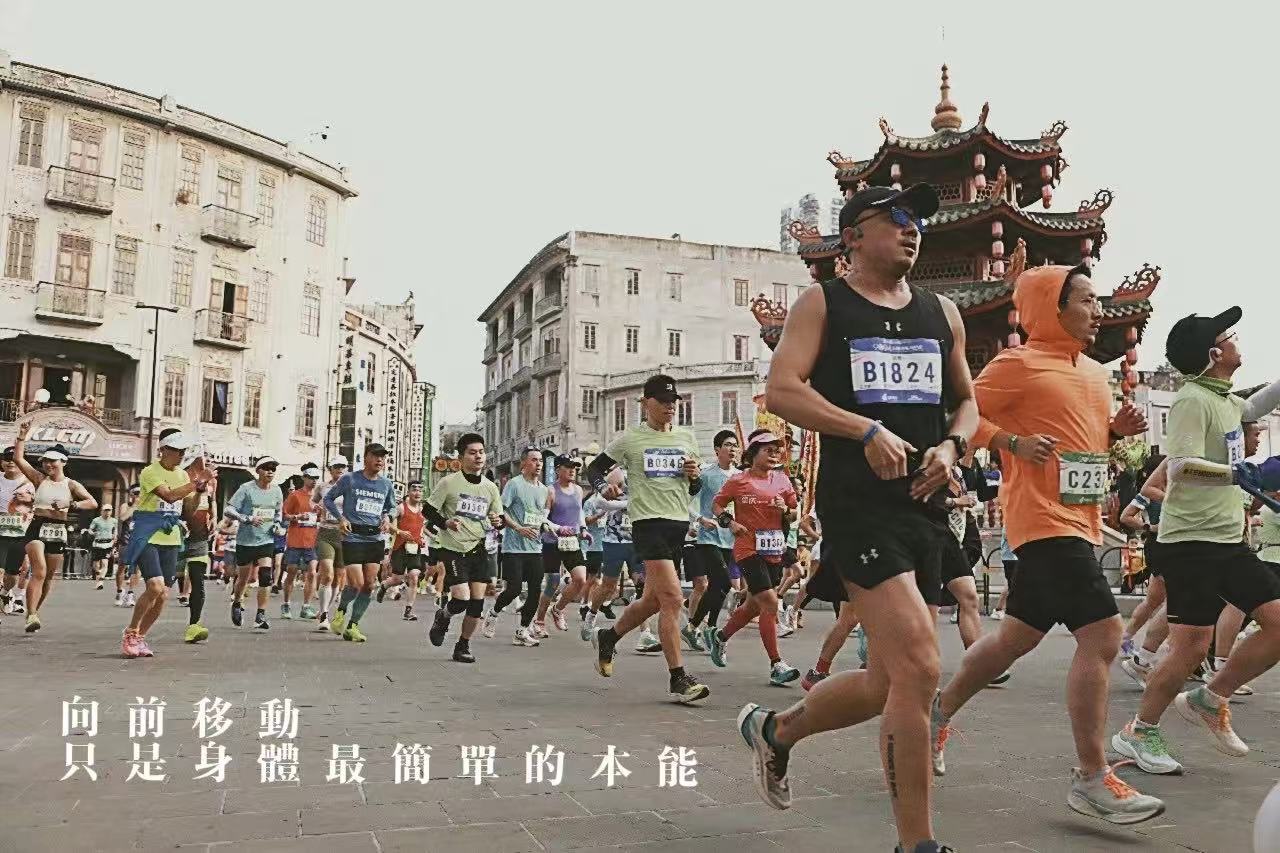
On a Sunday morning, I found myself running through those very streets during the 2024 Shantou Marathon—passing the pavilion as thousands of runners moved alongside me. It was a relatively quiet stretch of the course, with no cheering band at this corner. The sound of footsteps echoed against the old qilou arcade buildings. The Zhongshan Memorial Pavilion still stands, quietly watching over it all.
On the pavilion hangs a wooden plaque bearing four characters:
On the pavilion hangs a wooden plaque bearing four characters:


景行无歌
jǐng xíng wú gē
jǐng xíng wú gē
At first glance, I didn’t understand the phrase, nor could I recall its origin. It appears to be a later adaptation, and it has been inscribed on this pavilion since 1934.
To break it down:
景 (jǐng): admirable, grand
行 (xíng): path, conduct
→ Together, 景行 refers to a noble path or virtuous way of life.
无歌 (wú gē): no song
It can be interpreted as: “The noble path is one beyond song.”
To break it down:
景 (jǐng): admirable, grand
行 (xíng): path, conduct
→ Together, 景行 refers to a noble path or virtuous way of life.
无歌 (wú gē): no song
It can be interpreted as: “The noble path is one beyond song.”
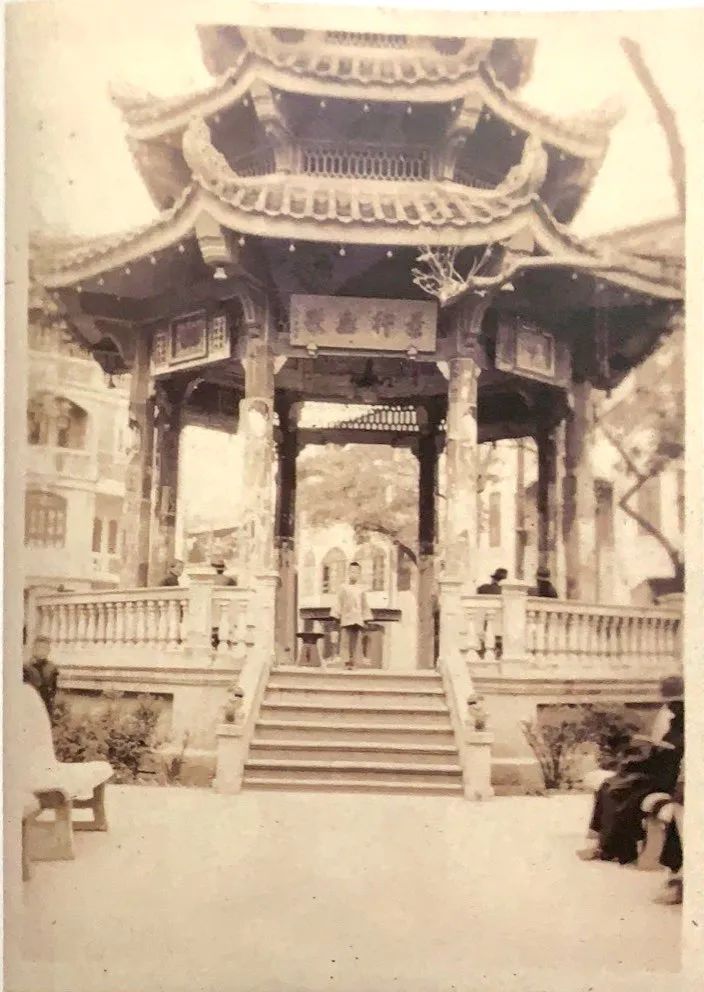
A pavilion (亭) in Chinese tradition is not a grand monument. It’s a small, practical structure built for people to rest—found along mountain trails or busy roadsides, offering shade and a break from the journey. I believe the original donor, having witnessed China’s transition from imperial rule to a new republic led by Sun Yat-sen and many unsung heroes, chose to commemorate their contributions in this quiet corner—not with grand gestures, but with a phrase of quiet admiration.

I later learned that the original pavilion was destroyed in 1965, just as another period of upheaval was beginning. When I visit historical sites in China, I often find myself checking whether old buildings have truly survived or been rebuilt. So this didn’t come as a surprise, given the historical context. The structure that stands today was faithfully rebuilt in 2017, funded by another local entrepreneur and constructed using traditional mortise-and-tenon joinery (榫卯结构)—a technique that relies on precision carpentry rather than nails, with wooden parts interlocking seamlessly.
The phrase may be a modern inscription, but its spirit traces back to the Book of Songs (《诗经》), the oldest existing collection of Chinese poetry. The original lines read:
高山仰止
We look up to the lofty mountains
景行行止
We admire the noble path
虽不能至
Though we may not reach it
心向往之
Our hearts are drawn toward it
We look up to the lofty mountains
景行行止
We admire the noble path
虽不能至
Though we may not reach it
心向往之
Our hearts are drawn toward it
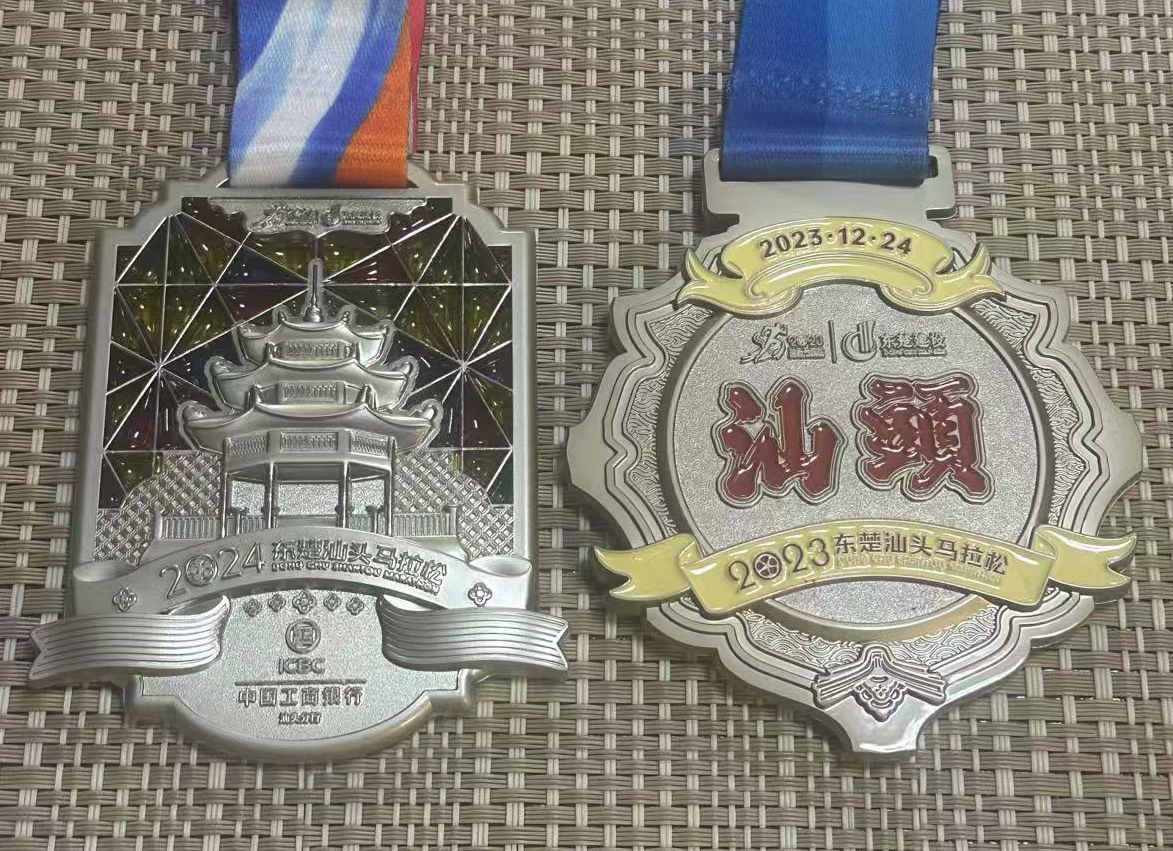
景行无歌:无声的致敬
A Slient Tribute
接受西方教育,行走四方,立志要“让中国再次伟大”的孙中山,28岁创立了兴中会,开始了推翻清廷、振兴中华的革命事业。他的理想得到了各国华侨社群的积极支持。
1934年,在清朝覆灭、民国时期的汕头,一位印尼华侨发起并出资在汕头修建了一座纪念亭,以缅怀国父。
中山纪念亭所在的“小公园”,曾是汕头开埠时期的重要片区,如今因其保存良好的骑楼街道而成为游客打卡的热点。骑楼是一种源于东南亚的建筑风格,二十世纪初由南洋归国华侨带回,形成了独特的侨乡风貌。
90年后的2024年,我与数千名跑者一同在汕头马拉松穿过小公园。这是一段相对安静的赛道转角,没有锣鼓加油,却依然记得跑者的脚步在老骑楼之间回响的感觉。中山纪念亭仍静静伫立,仿佛默默注视着一切。
亭子的牌匾上,写着四个字:
初见这几个字时,我并不理解其含义。后来查阅后才发现,这似乎是后人从经典中化用而来,自1934年便刻在此亭之上。
意为:“大道无言,德行不须赞歌。”
亭子在中国传统中是一种朴素的实用性建筑,当年的捐建者可能亲历过那个激荡的时代,见证了中国从帝制走向共和的历史巨变。他以这样一座简朴的亭子,在城市一隅表达对孙中山和那些无名英雄的敬意,用四字铭文,寄托沉静的敬仰。
后来我得知,原亭早在1965年被毁。在历史背景之下的“预料之中”。如今所见之亭,是2017年在另一位本地企业家的支持下重建的,采用传统榫卯结构,忠实还原了原有工艺。
“景行无歌”,化用于《诗经》的以下诗句:
A Slient Tribute
接受西方教育,行走四方,立志要“让中国再次伟大”的孙中山,28岁创立了兴中会,开始了推翻清廷、振兴中华的革命事业。他的理想得到了各国华侨社群的积极支持。
1934年,在清朝覆灭、民国时期的汕头,一位印尼华侨发起并出资在汕头修建了一座纪念亭,以缅怀国父。
中山纪念亭所在的“小公园”,曾是汕头开埠时期的重要片区,如今因其保存良好的骑楼街道而成为游客打卡的热点。骑楼是一种源于东南亚的建筑风格,二十世纪初由南洋归国华侨带回,形成了独特的侨乡风貌。
90年后的2024年,我与数千名跑者一同在汕头马拉松穿过小公园。这是一段相对安静的赛道转角,没有锣鼓加油,却依然记得跑者的脚步在老骑楼之间回响的感觉。中山纪念亭仍静静伫立,仿佛默默注视着一切。
亭子的牌匾上,写着四个字:
景行无歌
初见这几个字时,我并不理解其含义。后来查阅后才发现,这似乎是后人从经典中化用而来,自1934年便刻在此亭之上。
意为:“大道无言,德行不须赞歌。”
亭子在中国传统中是一种朴素的实用性建筑,当年的捐建者可能亲历过那个激荡的时代,见证了中国从帝制走向共和的历史巨变。他以这样一座简朴的亭子,在城市一隅表达对孙中山和那些无名英雄的敬意,用四字铭文,寄托沉静的敬仰。
后来我得知,原亭早在1965年被毁。在历史背景之下的“预料之中”。如今所见之亭,是2017年在另一位本地企业家的支持下重建的,采用传统榫卯结构,忠实还原了原有工艺。
“景行无歌”,化用于《诗经》的以下诗句:
高山仰止
景行行止
虽不能至
心向往之
景行行止
虽不能至
心向往之
